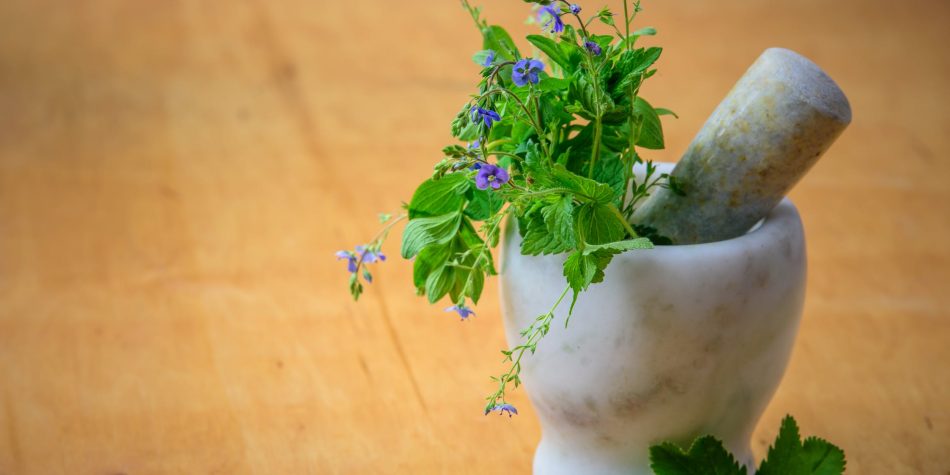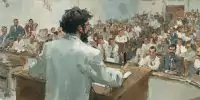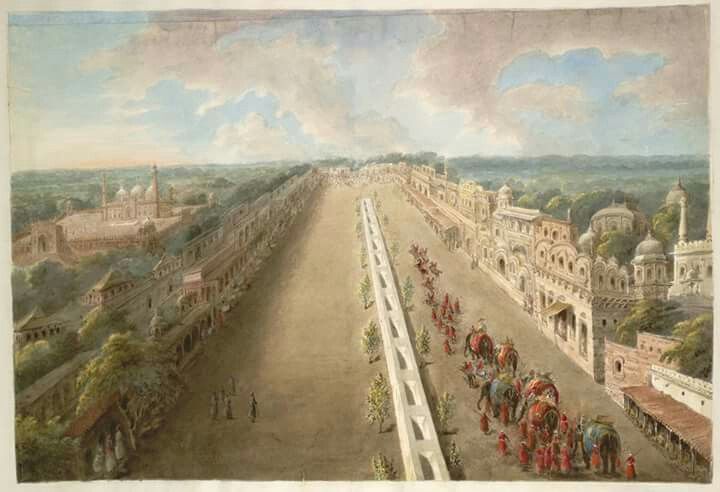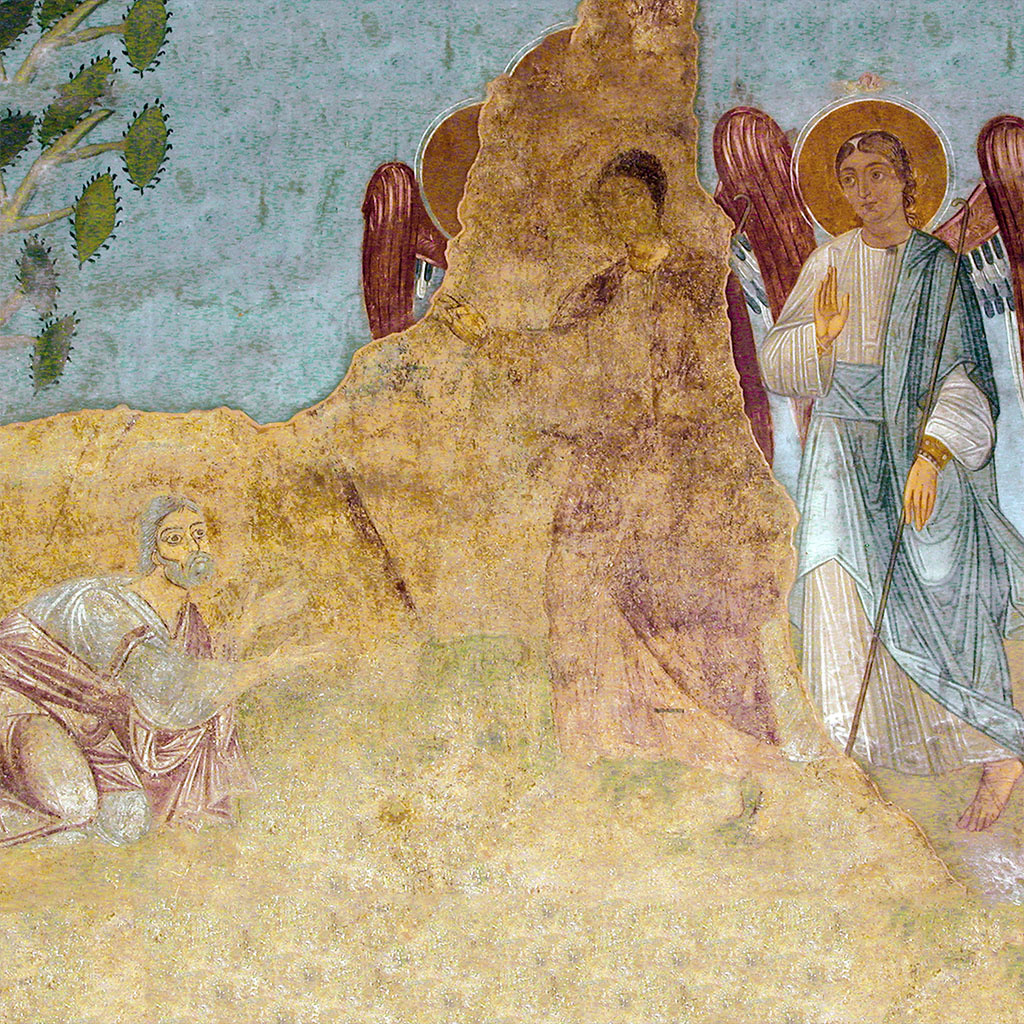“Oh, come on . . . slavery is long in the past. It’s behind us. We need to put this all behind us.”
This sentiment has become common in America today. It’s understandable for a country that prizes self-reliance and responsibility, along with the Christian virtue of forgiveness.
But that’s not how forgiveness happens—or reconciliation and collective healing for that matter. How would someone you love respond if you insisted they need to just “get over it” and move forward?
Not so well. That’s because the mind and body cannot be rushed in the healing process. And it’s only possible to move forward when you’re able to move forward.
What will it take for our African-American brothers and sisters to be able to find true healing for the wounds they are carrying today? And more broadly, what could this mean for our broader reconciliation and healing as an American people? Could this be a question we might all take some time to ponder and discuss more?
Although the African-American community has a singularly harrowing history of trauma inflicted upon them, clearly they are not alone in the hurting human family. How does collective healing happen in other instances?
Very slowly. And tenderly.
Collective atrocities ought not to be compared, and we won’t try to do so here, but it can be instructive to glimpse lessons across different communities seeking healing. In what follows, we summarize a few patterns of note in how such healing comes to pass—as a possible guide for the path we need to travel in America’s own needed future healing.
Witnessing the hard truths that need a present hearing
After the 1994 fall of the system of Apartheid in South Africa, one of the most famous examples of collective healing anywhere took place, called the “Truth and Reconciliation Commission.”
To help the country find some kind of reconciliation with its painful past, this constituted a national effort to gather and amplify stories of what had taken place— some told indirectly about victims, and others from the mouth of people who themselves had been traumatized. While many were invited to give statements, some were selected for more public, even televised hearings.
Over the course of several years, the commission gathered testimonies of over 22,000 documented victims of gross human rights violations.
Just having a chance to speak out painful truths is a step America seems to be taking today, however faltering. Indeed, as Larry Schooler from the University of Texas at Austin has documented, there have been dozens of similar “truth and reconciliation commissions” in the United States—each empowering lay people to solicit testimony on issues ranging from the mistreatment of Native Americans and indigenous Canadians to alleged police misconduct.
Memorializing hard truths of the past
While most American truth-telling concerns current injustices, other steps towards collective healing take place when we create solemn and sacred memorials to the tragedies of the past. The many memorials to Holocaust victims in Europe are perhaps the most poignant example. The National Memorial for Peace and Justice in Montgomery Alabama is a lesser-known, but powerful example of the same—in its visual shrine to the victims of over 4,000 African-American lynchings in American history.
Along with a memorial with the names of each person lynched across American counties, Bryan Stevenson has gathered soil samples at each lynching site as part of a “Community Remembrance Project” that encourages communities to erect smaller memorials in each place where lynchings occurred.
The hope is that these memorials can represent the dialogue and reconciliation work done so far, and as they put it, “stand as a symbolic reminder of the community’s continuing efforts to truthfully grapple with painful racial history, challenge injustice where it exists in their own lives, and vow never to repeat the terror and violence of the past.”
In sharp contrast to the tearing down of memorials (which elicits sharp division, even if may often be the right thing), the building of new memorials is a positive, proactive step towards healing.
However much we’re often eager to put the past behind us, as Stevenson put it, “There is no reconciliation and healing without remembering the past.”
When it comes to past atrocities, there is little more that can be done beyond remembrance. But when it comes to current victims, there are many more possibilities.
Compassionately supporting victims
As we all know from personal experience, just the chance to be heard is an important step in healing—especially if there is empathy and compassion in the listener. In South Africa, a “register of reconciliation” was also established so that ordinary South Africans who wanted to document regret for past failures could also express their remorse. In addition, the commission considered various reparations and rehabilitations to offer victims.
Victims need far more than empathy, of course. In cases of serious trauma, the process of healing can require gentle support over a sustained period of time. Although reparations have become a hot-button issue in American politics, David Brooks has pressed conservatives to consider ways in which the additional infusion of resources into neighborhoods can potentially help offset historic, enduring inequities.
Research on the lasting effects of trauma—including over generations—should also give us pause when quickly assuming that something in the past can easily be forgotten. Just as scripture attests to how the “sins of the fathers” are often “passed down on the heads of the children,” there are tangible and concrete ways in which the severe injustices of the past live on in descendants’ lives today. As William Faulkner once put it, “The past is never dead. It’s not even past.”
Creating structures for perpetrator reconciliation
In contrast to the Nuremberg model of retributive justice, what made the South African example especially striking was its attempt to provide a “restorative justice” model of dealing even with perpetrators. Along with gathering statements and testimony from victims, the commission invited testimony and “applications of amnesty” from perpetrators (over 7,000 were received). As part of its national mandate, the commission went on to grant amnesty to both civil and criminal prosecution to hundreds of perpetrators (not all, however—with over 5,000 applications denied).
Documenting a truth everyone might embrace
However controversial amnesty and forgiveness always is, there are strong reasons to believe this focus on offering amnesty as a mechanism to uncover the truth, rather than simply punishing past crimes, leads both to greater collective healing and appreciation of the full truth. Indeed, while opinions of the ultimate effect of the commission varied widely, all major ethnic groups surveyed in research after the hearings agreed the commission had been effective in revealing the truth of what happened.
Contrast that with what’s happening in America—with competing views of what has happened held by contrasting parties with virulent resentment for each other. Imagine what it could mean to have an understanding of what’s happening that both sides could find trustworthy?
As Dr. Schoolar notes, “While a court of law often incentivizes silence or selective disclosure of the truth, a TRC’s use of amnesty often encourages the revelation of truths that otherwise would likely have remained hidden.” Furthermore, he adds “While often dismissed as an overly lenient approach, truth and reconciliation commissions and other forms of restorative justice have in many cases led responsible parties to take more accountability than they might have in a courtroom.”
He shares the example of the public testimony of a former Klansman in Greensboro North Carolina who “admitted that he drove to a 1979 rally of labor organizers and Communist Workers Party leaders because they had advertised the event as ‘Death to the Klan.’” An event organizer also accepted responsibility for his provocative rhetoric. These admissions of wrongdoing and public apologies were small steps that moved that community towards more reconciliation.
Along with the painstakingly detailed accounts of past eras and events, these independent commissions create a wide array of productive recommendations for societal reforms—with nearly three out of every four “calls to action” from one national commission in Canada put into action. Other governments have issued apologies and put up markers.
Rather than simply sentencing punishment then, these commissions give voice to how to heal and prevent further violence.
In this way, these processes provide an alternative to both retribution and scapegoating that we have seen seize many Americans in recent weeks. That alternative allows everyone to speak—both those who feel victimized, and those accused of perpetration— as we seek the full truth together.
As the director of the lynching memorial puts it, “Our nation’s history of racial injustice casts a shadow across the American landscape. This shadow cannot be lifted until we shine the light of truth on the destructive violence that shaped our nation, traumatized people of color, and compromised our commitment to the rule of law and to equal justice.”

















